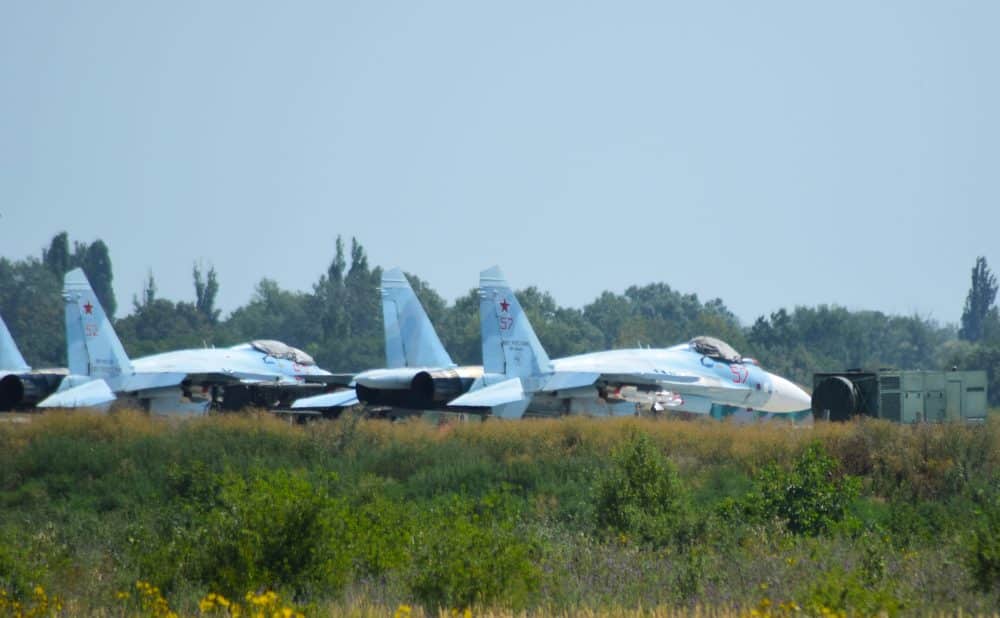Saving money is crucial in any type of business. Even the government has concerns about costs, especially when it comes to huge costs. In fact, the Department of Defense (DoD) has publications about huge costs that can costs billions of dollars annually. These costs typically come from what the DoD refers to as corrosion.
What Is Corrosion?
Corrosion is the deterioration of material and possibly the properties of this material. This deterioration is caused by the reaction of the material to its physical and chemical environment. This is the definition of corrosion according to a report from the DoD to Congress in December 2003.
The word, corrosion, usually means the oxidation of materials, like rust. However, it is more than that when it comes to the Department of Defense. It includes material deterioration due to sun exposure, mold, mildew, and other elements.
One example of these costs comes from the corrosion and the maintenance of it when it comes to helicopters. The military has thousands of operating helicopters. Maintaining one helicopter is very costly. So, you can imagine how much of this $10 billion to $20 billion debt comes from helicopters.
Why Is It a Problem?
The main problem of the Department of Defense is corrosion. The Government Accountability Office (GAO) estimated that the annual costs of corrosion with the DoD range from $10billion to $20billion. On an annual basis, the average corrosion cost from each US armed services is $5 billion.
Also, corrosion decreases the Operational Availability (Ao) due to it reducing structural integrity. It also can lead to possible material and system failure if it remains untreated.
This situation can negatively affect military readiness. And as a result, this will lead to the disabling of critical weapons systems, safety hazards, capital investments, and structural failures.
What Is the Solution?
The solution includes managing corrosion. For instance, if corrosion is properly managed, there will be significantly less waste of military assets when military personnel receives a DD Form 214 for discharging. (A DD Form 214 is a document that military personnel obtains upon getting discharged from the military.)
The military must prevent corrosion by starting to be proactive early by observing the long-term life cycle of equipment. Also, by investing in design, manufacture, sustainment, and other preventive measures, the military avoids about 30% of current DoD corrosion costs. Some preventive measures including avoiding dissimilar metals and painting. Modifications, product improvements, system monitoring, design upgrades, maintenance, and inspection are also measures used to control corrosion.
Technical manuals, operations manuals, bulletins, guides, and handbooks have corrosion-related solutions for practical selection, implementation, and application. There will be a full range of efforts to solve problems, criteria selection, plan development, and specifications to complete the job.
Military staff must determine various factors to assess the corrosion. These factors include the environmental severity condition, the extent and type of corrosion, material type, component age, and coatings applied. Then to follow-up, the staff must identify the funding, design creation, the scope of the repair, issue a contract, and return the facility to functional levels.
Corrosion is a major problem in the military. However, using corrosion control methods will go a long way in saving money. By using various techniques according to the material and the type of corrosion, the military can extend the life and functionality of its equipment and vehicles. Technical manuals, operations manuals, bulletins, guides, and handbooks have corrosion-related solutions for practical selection, implementation, and application. There will be a full range of efforts to solve problems, criteria selection, plan development, and specifications to complete the job.










